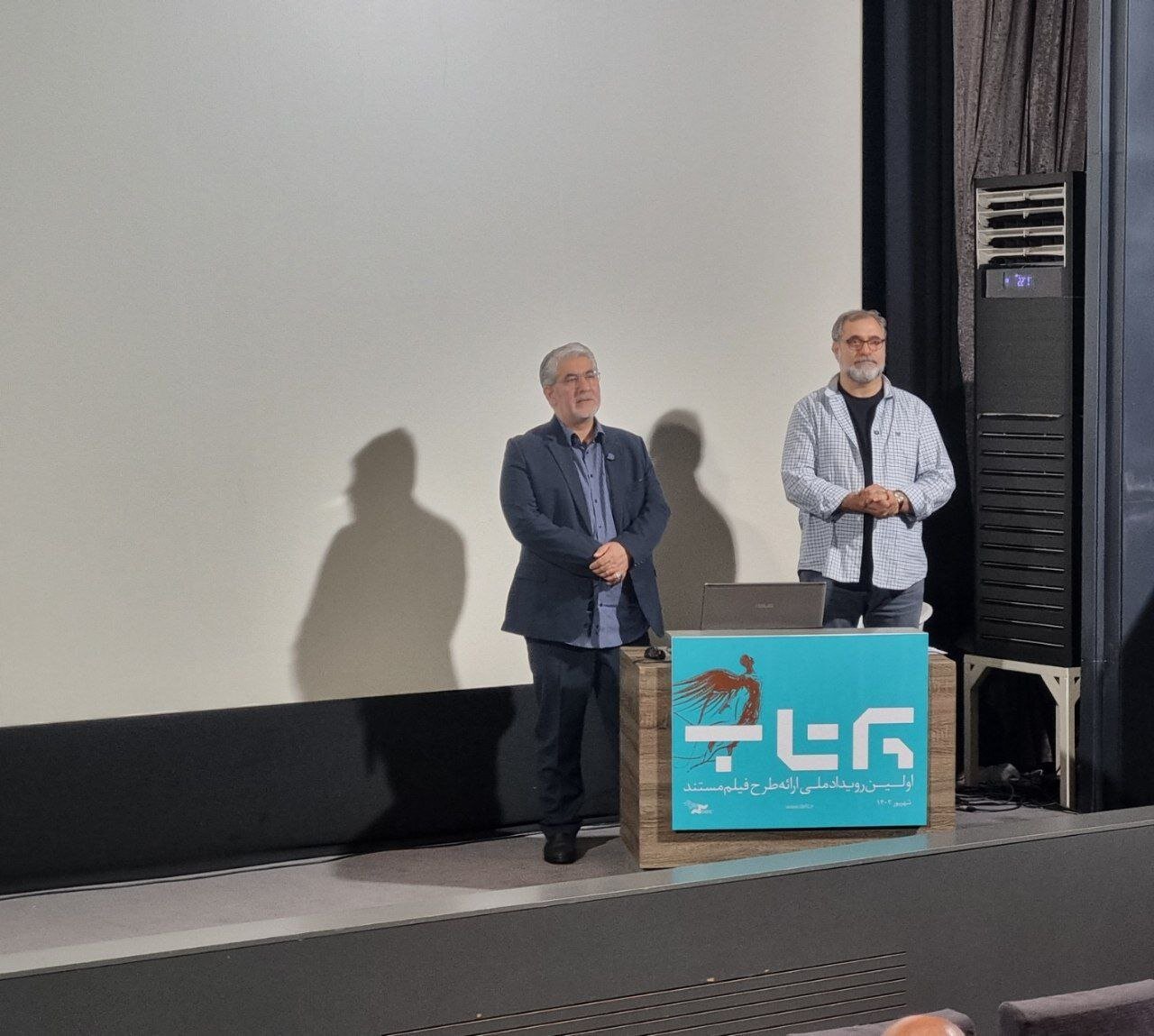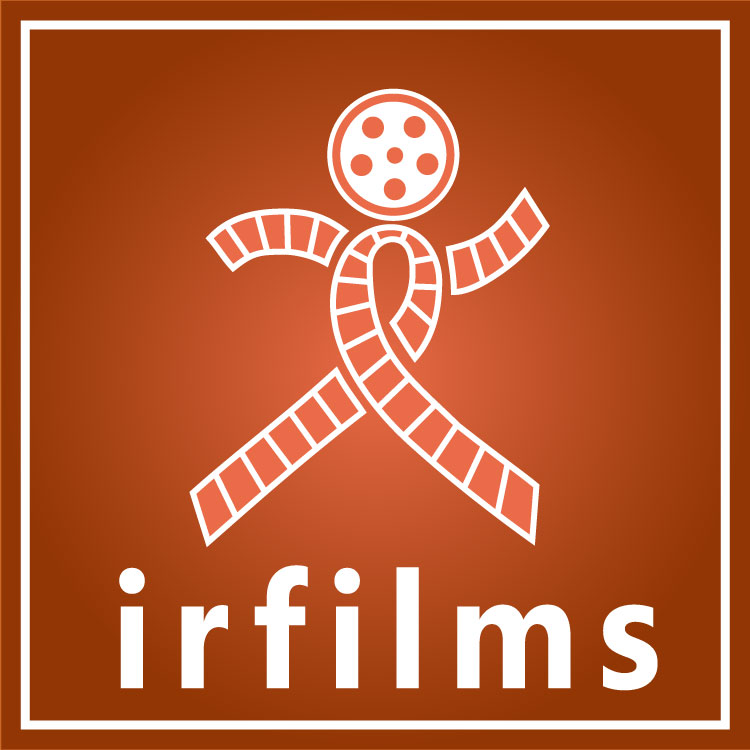
According to Khabaronline news agency, from the public relations of the Center for the Development of Documentary, Experimental and Animation Cinema, the second day of the “Throw” documentary project presentation event was held today, Sunday, September 18, with the presence of selected documentary makers and investors in the Charso campus.
On the second day of the event, Hamed Shakibania, the producer of the documentary and host of the “Pertab” event, while welcoming the audience, said: “Based on the experiences of the previous day, we will start the second day of this event.” Yesterday, we had very good and warm talks inside and outside the hall. At the very beginning, I would like to make two points. First of all, the plans presented include cost forecasts, which may not be correct in the eyes of investors. But it should be noted that this price is an offer and the final price depends on the negotiation between the two parties.
He continued: The second point is that the nature of pitching with the presence of a number of investors is to do collaborative work and to be able to advance things together.
Hanif Shahparrad and Arian Attarpour started presenting the design of the second day of the “Throw” event with the “three square meters” design. Mohsen Shirzaei had the second presentation with the project “Born in Hamon” and after his speech, he answered the questions of investors’ representatives.
Arman Qolipour Dashtaki with the project “I am a pigeon”, was the next documentary maker to present his project. The fourth presentation was related to Mohsen Kulivandi’s project entitled “The Story of a City”. Ebrahim Moradi was another documentary maker who presented the “Song” project on the second day of “Pertab” event.
On the second day of “Pertab” event, Mitra Mehtarian presented the “Black Pearl” project and answered the questions of investors’ representatives. “Dying to live” was a design by Farid Mirkhani for the “Throw” event.
Mahmoud Nazeri and Irfan Ghasempour participated in the project presentation meeting with the project “Only Blue”.
Shervin Vahdat and Payam Azizi were the next documentary makers who presented the “Fertility Springs” project in the presence of investors’ representatives. In the next part of this event, Javad Watani presented the “Rappel” plan.
Abtin Shamili was the last documentarian who presented the “close-up” project from London in the form of a video call to the audience.
Further, Hamed Shakibania said: holding “Partab” was a very good experience, the plans can be hammered by a group of mentors in the next courses before reaching the presentation section. Another important point is that investors’ representatives have more authority and budget is considered for such events.
Mohammad Hamidi Moghadam, the CEO of the Center for the Development of Documentary and Experimental Cinema, at the end of the “Throw” event, while attending the hall number 2 of the seventh floor of the Charso campus, said: “I am happy that in addition to various government departments and organizations, representatives from the private sector were also present in these meetings.” I would like to thank all the attendees, documentary makers and representatives of investors and TV channels who helped the expansion center in this way.
He continued: The very important point of pitching is a suitable platform for joint production. This problem is not only the problem of documentary cinema, but in a sense it is the problem of our national cinema. With the cooperation of our friends, we made an appointment to separate the pitching and project attraction section from the international festival “Cinema-Ghekrit” and the reactions we got during these days showed that this part should be separate in order to be influenced by a big event like “Cinema-Ghekrit” “Do not be placed.
In another part of his speech, the CEO of the Development Center stated: This was the first step, and I ask all those who attended these two meetings seriously and are the main focus of making and broadcasting the documentary to be more aware of this event. This first period is not a complete process and must be completed. Our horizon is to hold a two-day event with a different shape and image. Pitching meetings are held more secretly in many places, but we have made it this way so that more filmmakers, organizations and companies come to pitching and are encouraged to attend.
Hamidi Moghadam said: The very important point is that the period of single product is over and we must move towards joint production. Dividend is in production and distribution, which has more cultural impact. The sure way we see in festivals and other countries is joint investment and production.
Pointing out and emphasizing the importance of pitching, he explained: The expansion center is facing budget limitations, and for example, what should a filmmaker who has intellectual richness and experience and needs a high cost for his production do? This is exactly where the discussion of co-production shows itself. Another goal of pitching is education and culture. We will discuss education in our work plan, we have to be patient and be sure that our continuation will bring us a good result.
Mohammad Hamidi Moghadam said: I want all the friends who were with us to complement this work. Organizations and networks should come and help with the center so that such an event goes as well as possible, avoid parallel movements and expand this plan.
The secretary of the “Cinema-Ghekrit” festival said: “I hope that we will have a big two-day event in the next years.” There should be a festival like the Cinema-Ghekrit Festival, and even the filmmakers whose projects did not make it to the main section, could have a booth in a space so that they could communicate with investors. It should be noted that without the cooperation of effective documenting companies and organizations, good work cannot happen. In documentary cinema, with all the efforts and happenings and the limitations of the budget level, the discussion of participation is one of the ways that can lead us to big projects.
In the end, Mohammad Hamidi Moghadam said: I hope that all the efforts made in the first event to present the documentary project “Throw” will lead to results. I hope that in the coming years, organizations and institutions will be able to explain their tips and strategies in such an environment and support documentary makers.
The national event of presenting the documentary project “Throw” was held on Saturday and Sunday, 17th and 18th of September 1403, under the auspices of the Center for the Development of Documentary, Experimental and Animated Cinema and with the presence of 22 cinematographers in the Charso campus.
5757
